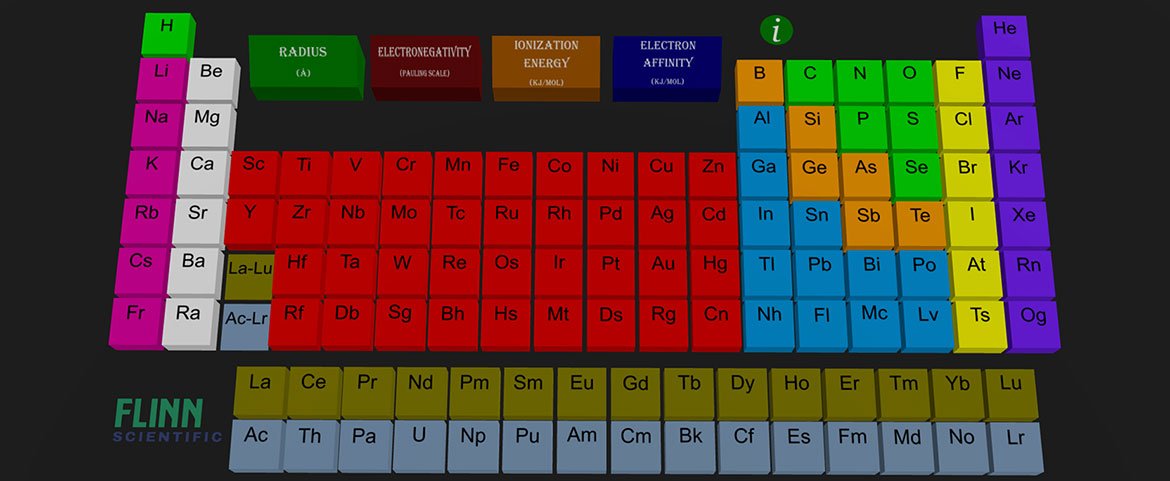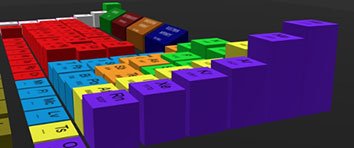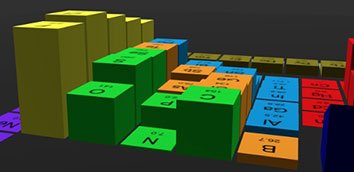Developing Remote Lesson Plans with the Free Interactive Periodic Table
Alan Downward
COVID-19 has brought about a new normal. A new normal where almost everything is done remotely. Everybody is trying to adapt and to do that you need to have the right tools, materials, and mindset. Students can't come to school, and when they do, they need to observe social-distancing. However, this does not in any way mean teachers cannot continue to deliver a quality science education.
This change to remote learning, while challenging at times, has also provided the opportunity to try new teaching methods and new ways to get students to engage. What follows is an example of a different approach to exploring the period table. One that can be used both remotely and in the classroom.
The periodic table is a fundamental part of every chemistry student’s education. It contains all the elements your students will study in further lessons, organized into groups and periods that relate to their characteristics.
You could ask your students to download a random periodic table from the net, but won't it be amazing for your students to have a three-dimensional plot of the periodic table? Take a look at this:

This three-dimensional periodic table provides students with an interactive environment in which they can undertake self-directed learning. Students can adjust the point of view so that they can see the groups and the periods and understand the trends within them. If that picture up there looks too much like a traditional periodic table, you can rotate it and make it look like a staircase.

Once students start noticing the differences in the arrangement of the blocks, they tend to ask questions. Questions like why is the electron affinity of group 15 elements so much lower than that of groups 14 and 16? Aren’t the trends meant to be smooth and continuous?

Images have been said to create strong impressions for learners. When your students interact with the 3D image, they learn faster. With the help of the Flinn Scientific 3D periodic table and other blended learning tools, teachers can continue to teach and interact with their students efficiently and help them master the basic knowledge of chemistry.


